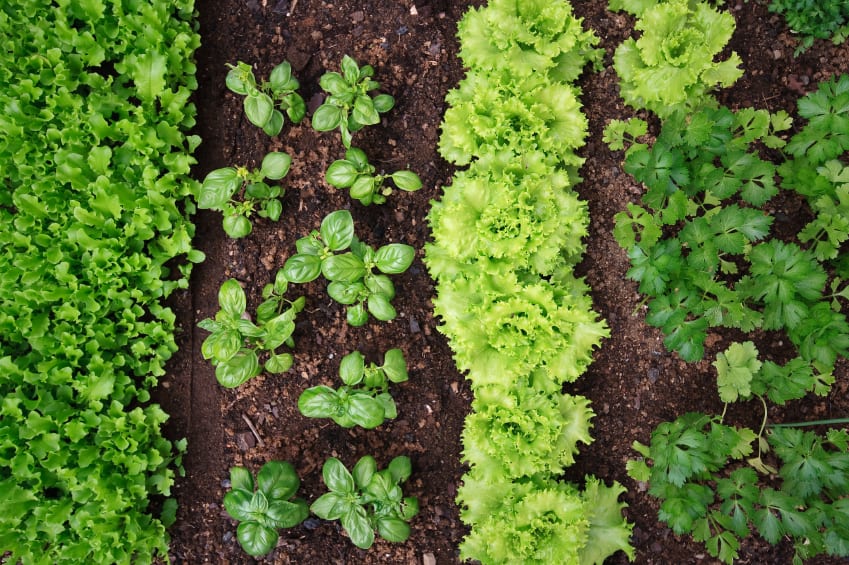What cause always gets you riled up and ready to pitch in? Most people have at least one thing they feel so strongly about that it never fails to get their attention—and their support. My cause has always been food and hunger. I believe every living being deserves to have this basic need met on a daily basis. That’s why food banks are my cause of choice.
When I volunteered at food banks in the past, I always got a little bummed out when I saw how much of the food was heavily processed, boxed, microwavable “stuff.” I know that nutrient-dense, whole foods keep us at our best—physically, mentally, and emotionally. And for anyone going through a tough time, working hard to keep moving forward, nutritious food is possibly even more important. But the truth is that the easiest foods to store and distribute are also the foods that have the least nutritional value. These shelf-stable items are the most efficient way to make sure that people who lack food can get it when they need it. And realistically, it’s much easier for local schools, businesses, and community organizations to pitch in with processed foods than it is to expect a food bank to keep a barrel full of onions and zucchini sitting around in an open space for any length of time.
But here’s something that many people don’t even realize—most food banks have refrigeration and freezer space. Not only can they store fresh produce, but they can accept donations straight from your garden. So when you have that bumper crop of cucumbers, but don’t have the time to can a bunch of pickles, you can donate the extras to your local food bank. The same goes with meat. If you’re about to pick up your processed venison from the locker plant, but still have some left from last year, ask the food bank if it’s something they can use. If you have any pork, beef, chicken, or even soup bones you haven’t done anything with, do the same. Chances are, these are valuable items that could be put to good use.
Wouldn’t it be great if food banks functioned more like open markets? Bins of fresh produce, freezers stocked with a variety of proteins—oh, the possibilities.
Apparently, I’m not the only one who thinks this would be a step in the right direction. A while back, I was pleasantly surprised to see the following article come across my nutrition newsfeed: “Study finds food banks working to provide more healthful food to hungry families,” by the Berkeley School of Public Health. The article discusses the attempts many food banks are making to improve their nutrition policy and promote the donation of healthier food. This is encouraging news for all involved.
In other good news, our local food bank in Larimer County, Colorado, has developed an exciting program called “Plant It Forward,” with delectable results. It encourages people to plant an extra row of food in their garden and share the bounty with the food bank. Simple, right? If you live in the area, be sure to keep this in mind when planning this year’s garden—as I know some of you are already doing. If you don’t live in the area, check your local food bank’s website or give them a call to see if they have a similar program. And if not, why not plant the idea? You can also see about donating any extra produce from your garden in the future.
Does your local food bank make any wholesome, nutritious food available to the community?
Photo from iStock/zocchi2



